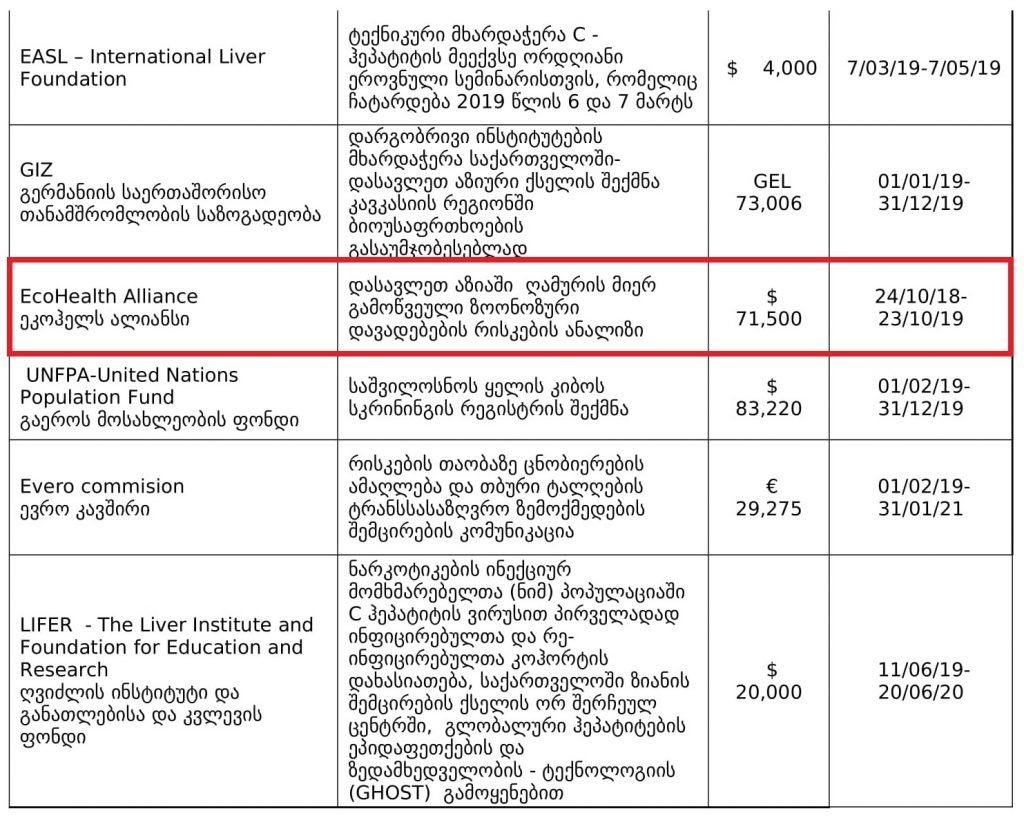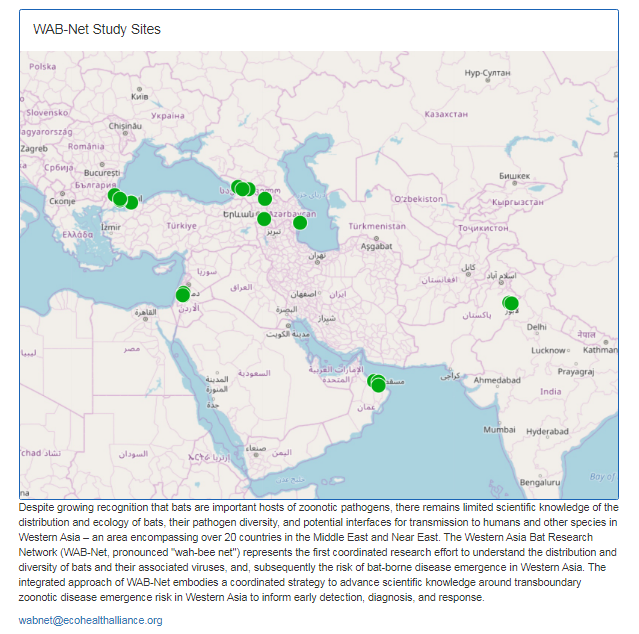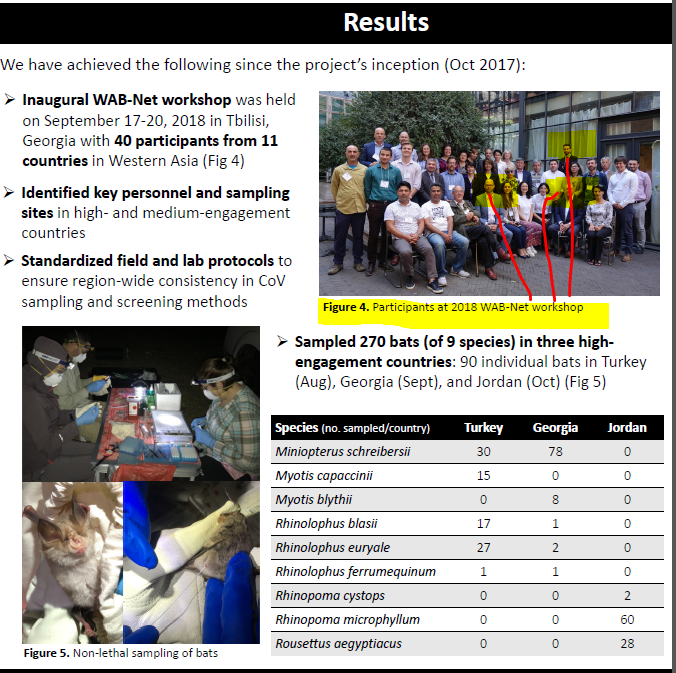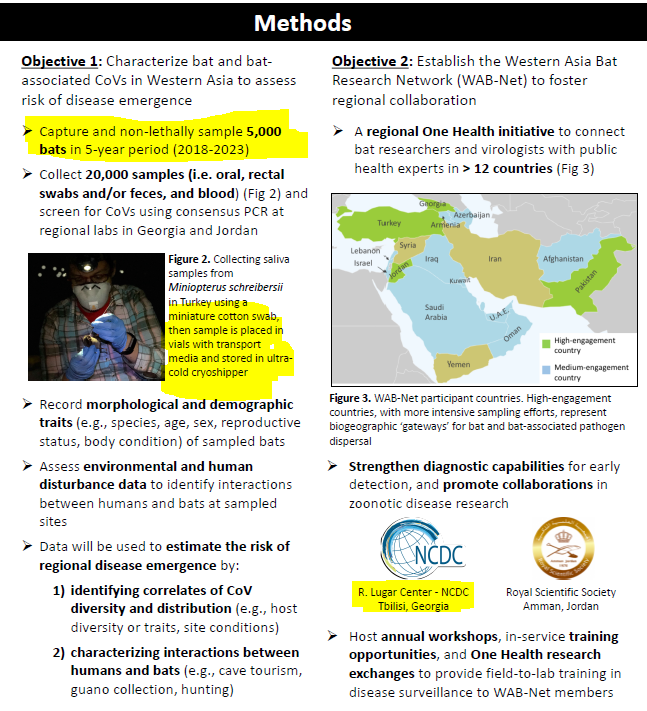Post Trade Analysis (PTA) is one of the most important parts of any trading system.
It is the process of analyzing each & every one of your trades, highlighting:
✅ Setup/edge
✅ Market env. at time of trade
✅ What you do well/poorly
& more!
By the end of this thread, here’s what you’ll learn about PTA:
1. Non-negotiable Benefits of PTA
2. The most important metrics to look at
3. Letting results guide your trading
4. PTA Frequency guidelines
5. Top Trader Template
6. Secret Bonus Tip
Let's get right into it.
PTA Tip #1: Non-negotiable Benefits of PTA
By analyzing your trades, you are ensuring that:
· You will know what works best for you
· You will know what is holding your performance back
· You will know how to FIX your trading issues
& there's one more hidden benefit of PTA...
Analyzing who you are as a trader builds a foundation of CONFIDENCE.
If you are struggling with your confidence, there is no better place to start than taking a cold hard look at your results.
You'll see the truth of what you are doing right and what you are doing wrong.
Armed with this knowledge, you can take decisive action to improve your current trading system.
Your awareness, discipline, and confidence will grow.
PTA Tip #2: Most Important PTA Metrics to Analyze
✅ Effectiveness of each Edge
✅ Average Gain/Loss
✅ Batting Average
Let's go into a little bit more detail on each of these 3 points:
Effectiveness of Edge:
You want to know how well each one of your edges/setups is performing.
For example, you may want to analyze your...
· Breakout buys
· Pullback buys
· Earnings gap up buys
Are they making you money over a large sample size of trades?
Not only is it important to know how well each one of your edges is performing so that you know to focus on it in the future, it is even more important because it tells you what the environment is rewarding.
Not every market is made for both breakout and pullback buyers!
Tracking these stats on your setups/edges allows you to adapt your actions to fit the current market.
For example, if you know your average gain on a setup over the past 50 trades is 10%, it may be smart to sell some at 10% since this is what the environment has been giving you.
Average Gain/Loss:
Here you want to calculate how large your average gains and losses are.
One of the main reasons for calculating this metric is it can help you with your sell rules!
By knowing your average gain and batting average, you can calculate where you need to cut your losses to maintain a strong expectancy.
A rule of thumb is to cut your losses at 1/2 to 1/3 of your average gain.
Batting Average:
This metric tells you how many trades you've won, lost, or taken breakeven gains on.
It helps you determine your best risk management practices going forwards.
Tracking your batting average on an overall and per setup basis keeps you in tune with the market conditions.
Pay attention when this metric significantly dips or increases over the past 15 or so trades. That could be an indication of a deteriorating or improving market.
If you want to know more about risk management & how to implement it into your trading system, check out this thread we did below:
https://t.co/g3Cid6p466
PTA Tip #3: Let Your Results Guide Your Trading
Everything we have spoken about above leads to this topic.
You want your PTA to result in changes to your rules & trading execution to improve your performance.
Let's look at a quick example 👇
Let's say you are always selling your positions too early and cutting off your profits as a result.
But looking back, you notice that over all of these types of mistakes you are selling when the stock hasn't breached it's 21-day exponential moving average!
An easy fix would be to create a new sell rule that prevents you from selling until your stocks break this moving average decisively when the market is in a strong uptrend.
This is a simple example but in can have a tremendous affect on your bottom line as a trader.
PTA Tip #4: Frequency Guidelines
At TraderLion, we recommend traders conduct their post trade analysis at least once a month depending on their trading activity and volume.
The more you trade, the MORE you should be analyzing your results.
You never know what you'll find and how it could affect your profitability going forwards.
Often common mistakes or even strengths are impossible to realize in the moment, it's only when looking back at your trading that you can see the patterns.
Now that we've gone through the benefits, what you need to look for, and how to let PTA guide your actions in the market, we want to give you a living template used by
@RayTL_
@RayTL_ PTA Tip #5: PTA Template
Our head trader,
@RayTL_ helps traders through mentoring & education offered at
@TLPrivate_ One of the most valuable things he does is log all of his trades, so members can see how his interpretation leads to his actions in the market.
@RayTL_ @TLPrivate_ Here's a quick video highlighting everything he emphasizes in his trade log:
@RayTL_ @TLPrivate_ Most important things that Ray tracks:
✅ Entry/Exit price
✅ Entry/Exit rationale
✅ Entry/exit edges tactics
✅ % Gain (color coded)
✅ Days held
Make sure you add these to your PTA process!
@RayTL_ @TLPrivate_ Bonus PTA Tip! : Print out your Trades
Printing out charts and marking up your trades by hand will allow you to focus and grade your trading more objectively.
We highly recommend you do post analysis by hand just like the great traders of the past had to do.
@RayTL_ @TLPrivate_ By marking up your individual buys and sells on a printed chart you'll achieve a different perspective than if you were doing it digitally.
You will also be building up your library of previous trades that you can look back on and study.
@RayTL_ @TLPrivate_ Now let's recap everything you learned in this thread:
✅ Non-negotiable Benefits of PTA
✅ The most important metrics to look at
✅ Letting results guide your trading
✅ PTA Frequency guidelines
✅ PTA Template
✅ Print out your Trades
@RayTL_ @TLPrivate_ Remember, if you want to be a great trader or investor, you have to analyze your trades!
Here's one last story from
@dryan310 on how his results changed once he started analyzing his trades:
https://t.co/7huICLY8rj
@RayTL_ @TLPrivate_ @dryan310 Post Analysis takes effort, but it is one of the key ways you can improve your trading over time.
Don't hide from the truth of your trading, face the results and look for patterns in your execution and trade management.
@RayTL_ @TLPrivate_ @dryan310 To have a multi-decade career as a trader, post analysis is essential.
And you just might find that one habitual mistake that is leading the majority of your losses.
One rule change after making such a realization can be the key to achieving super-performance.
@RayTL_ @TLPrivate_ @dryan310 That's a wrap!
If you enjoyed this thread:
1. Follow
@TraderLion_ for more content to level up your trading!
2. RT the tweet below to share this thread with your audience 💪
https://t.co/6am3GFxhGg




